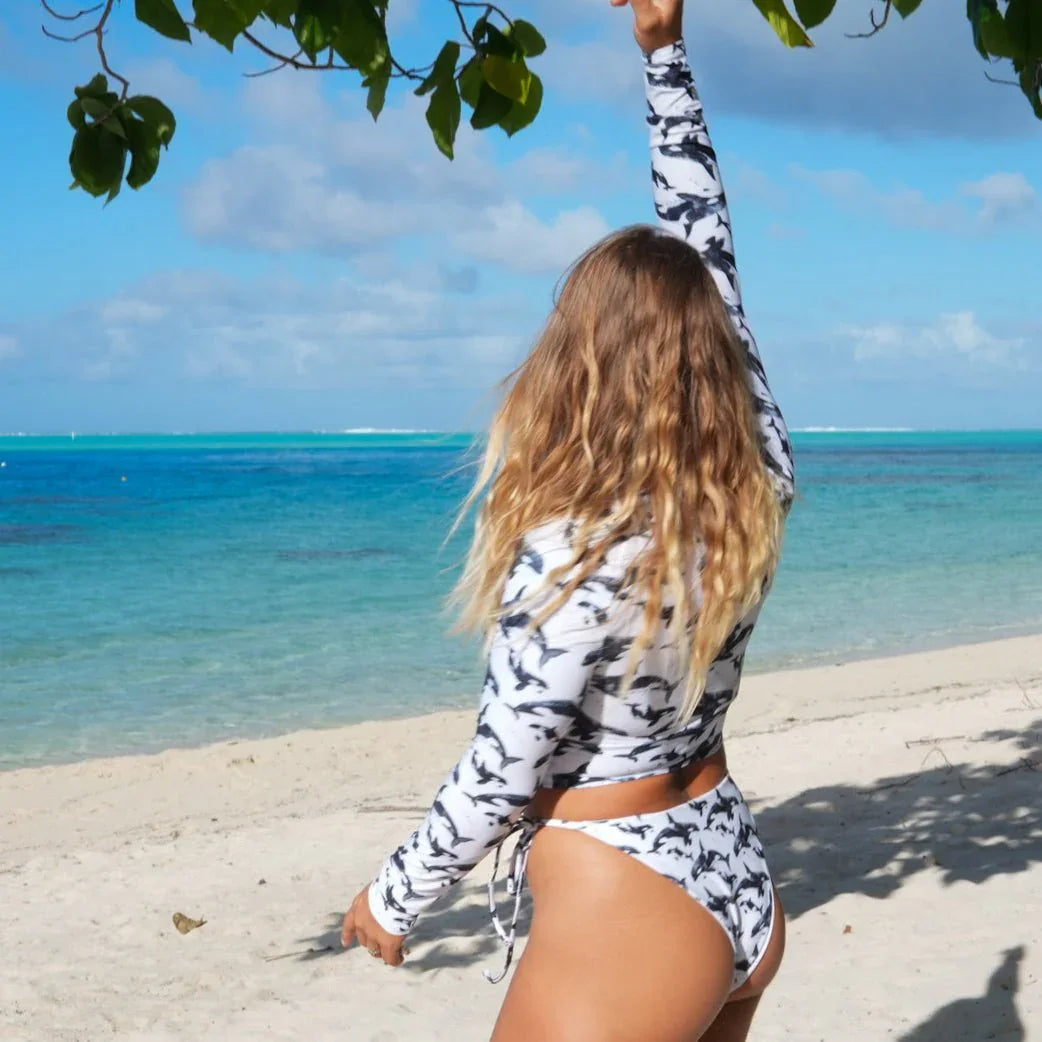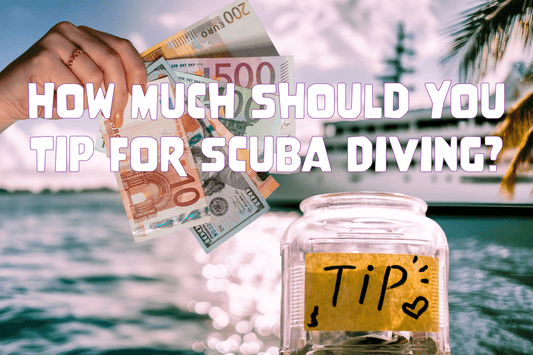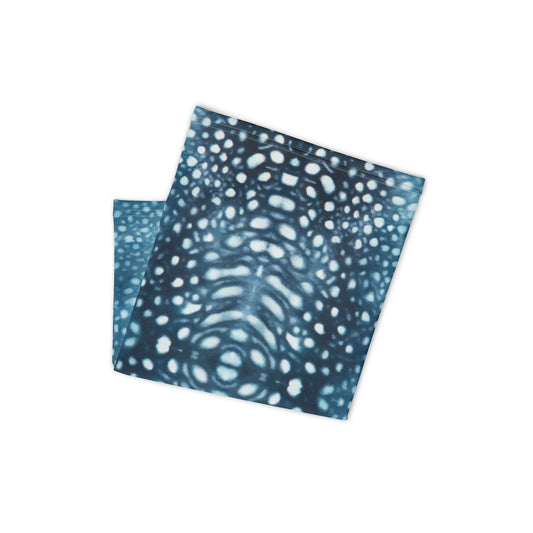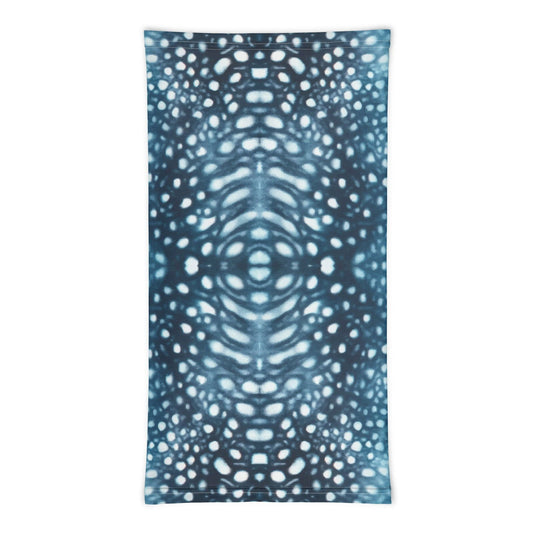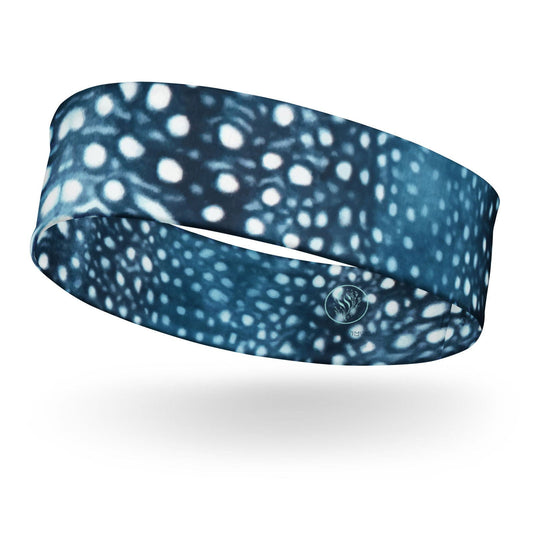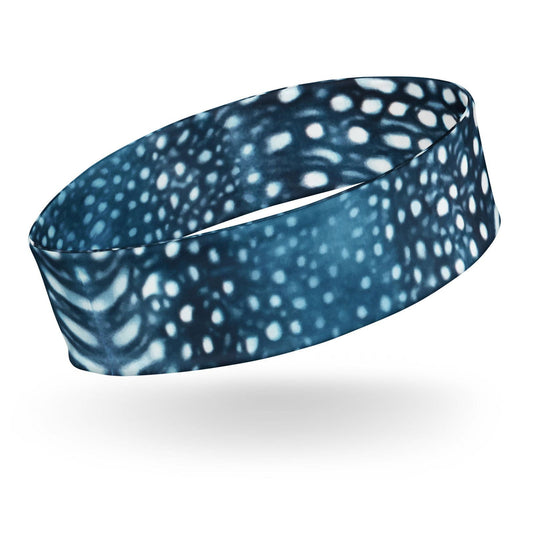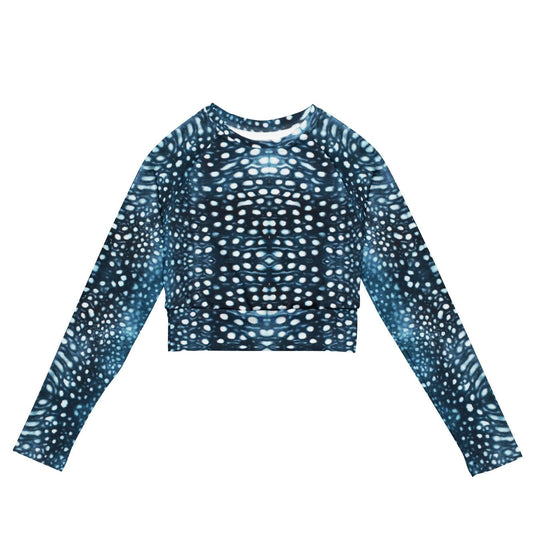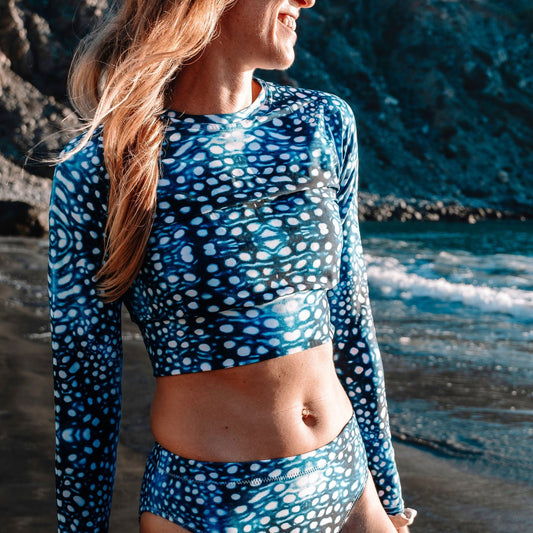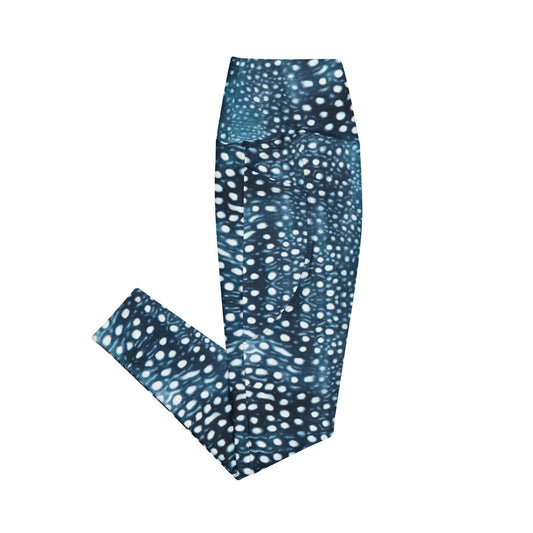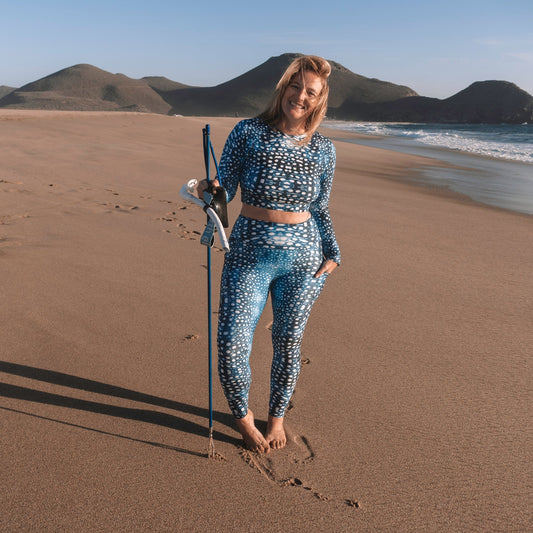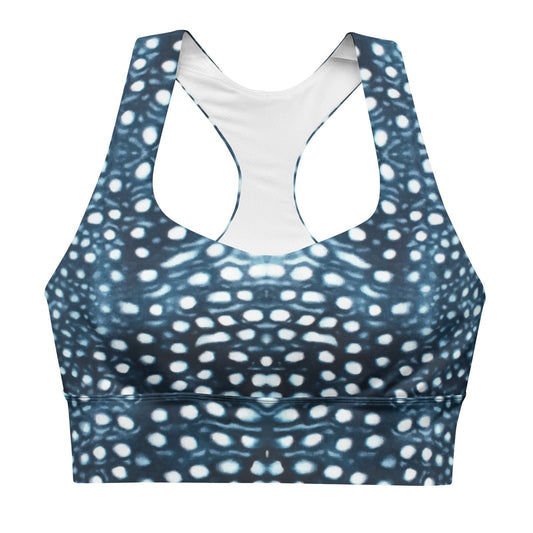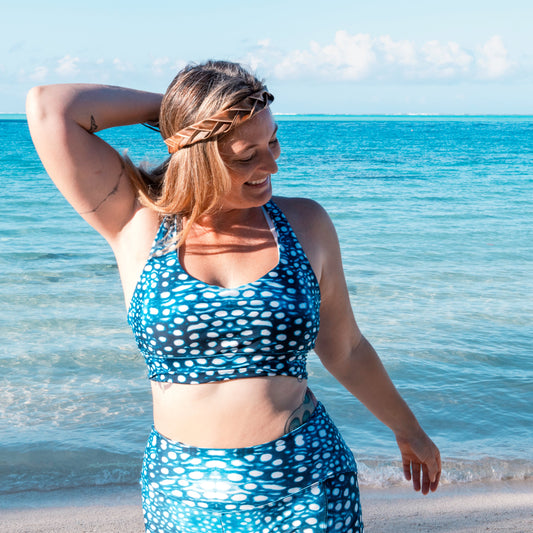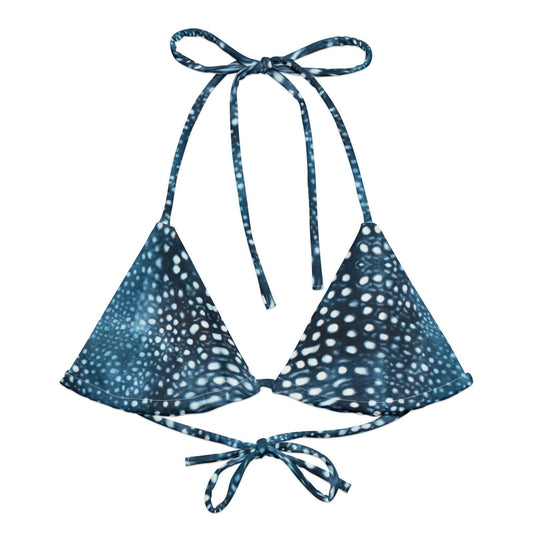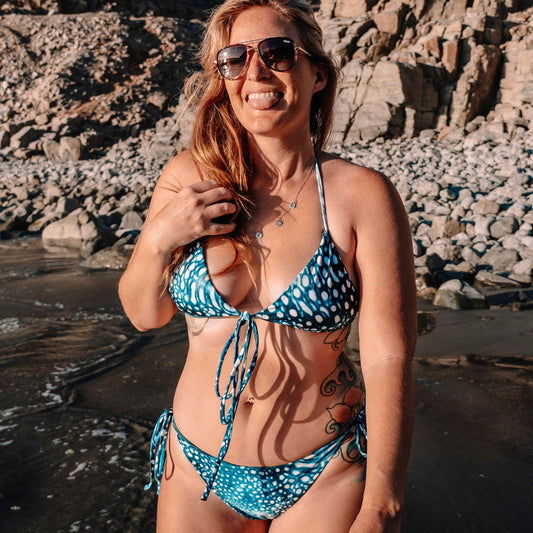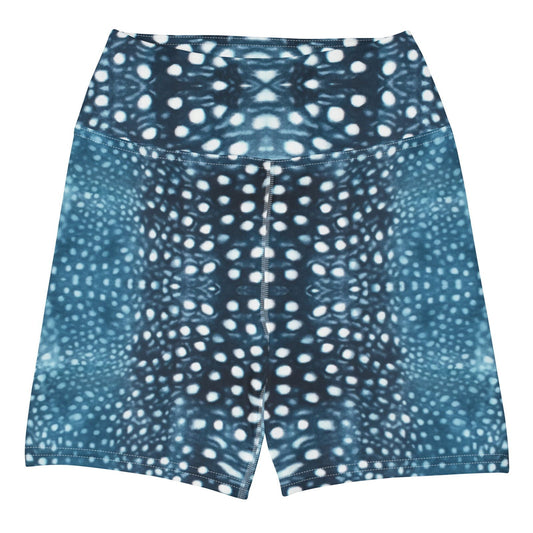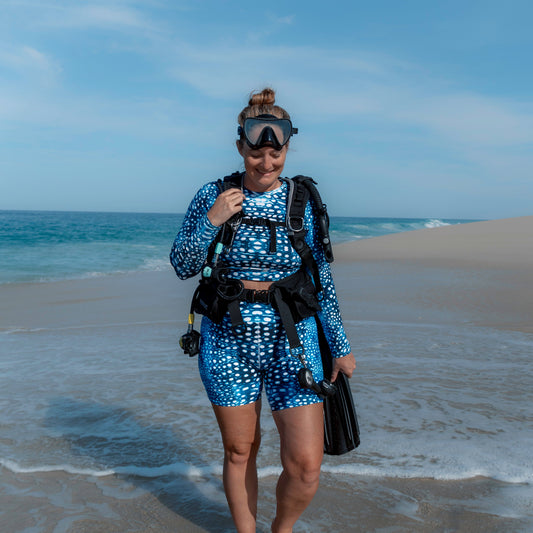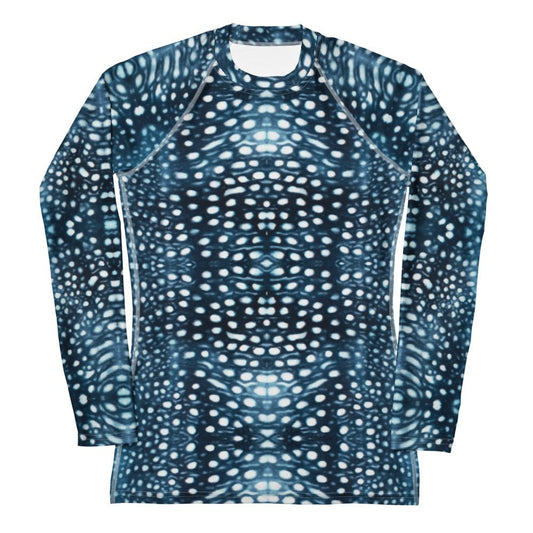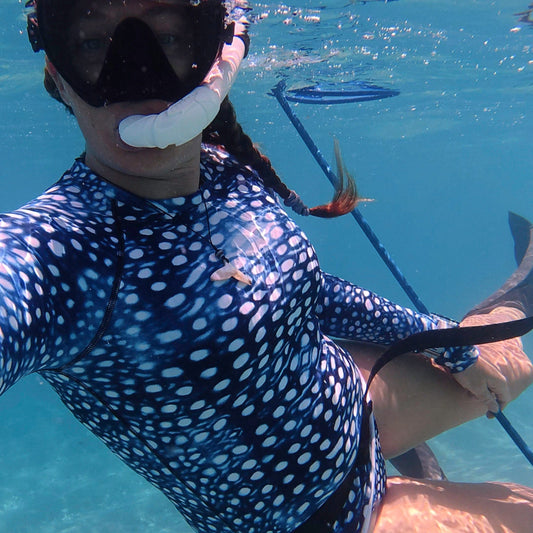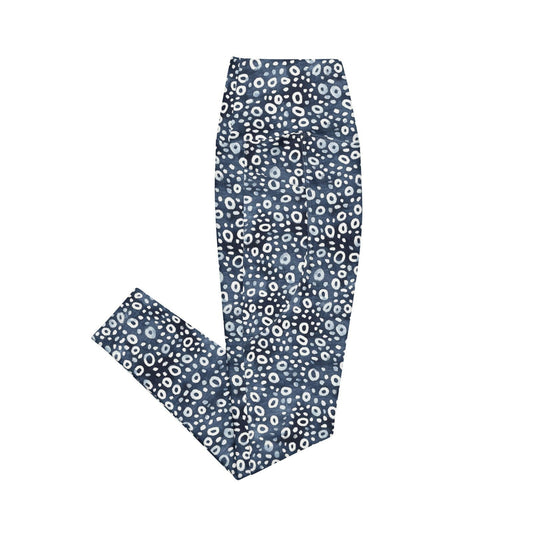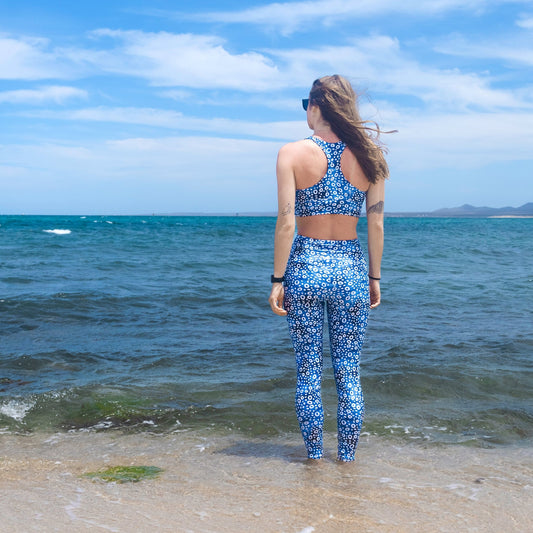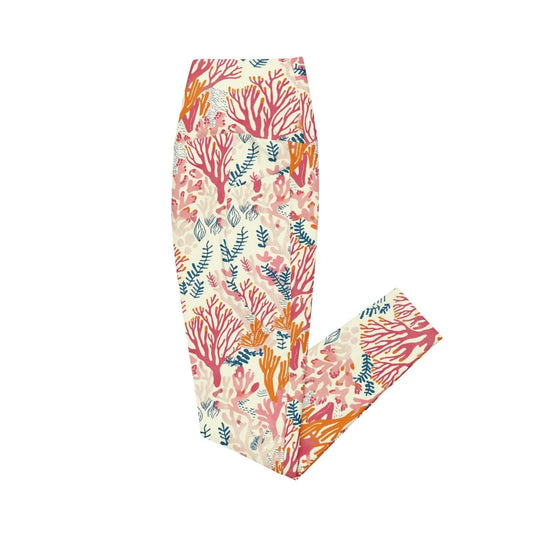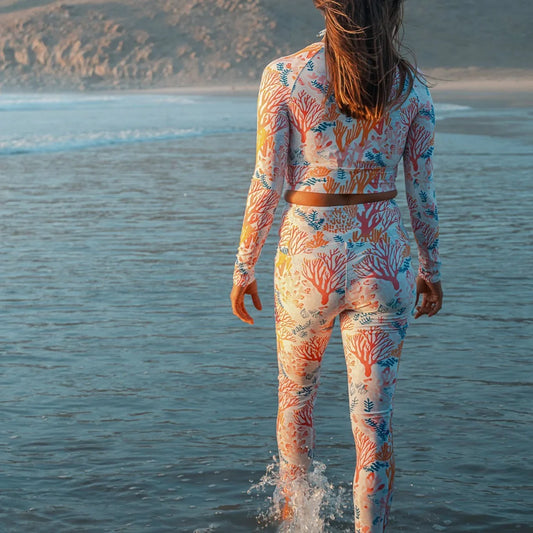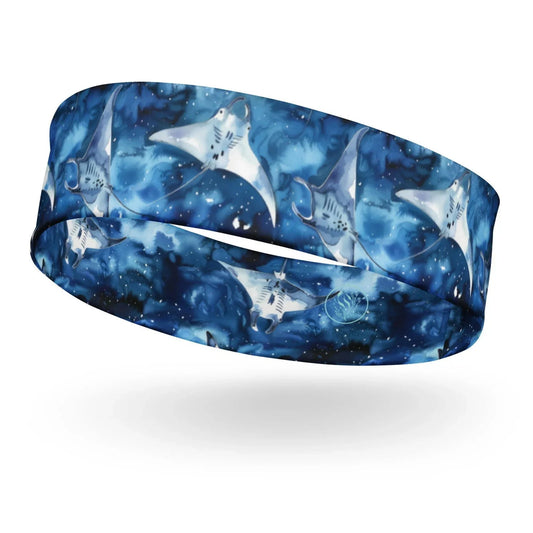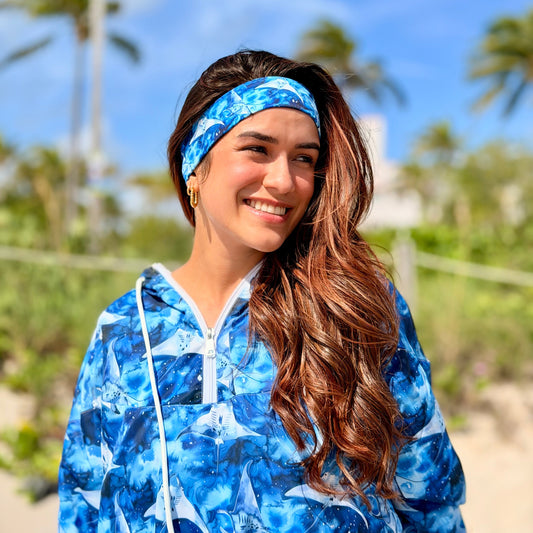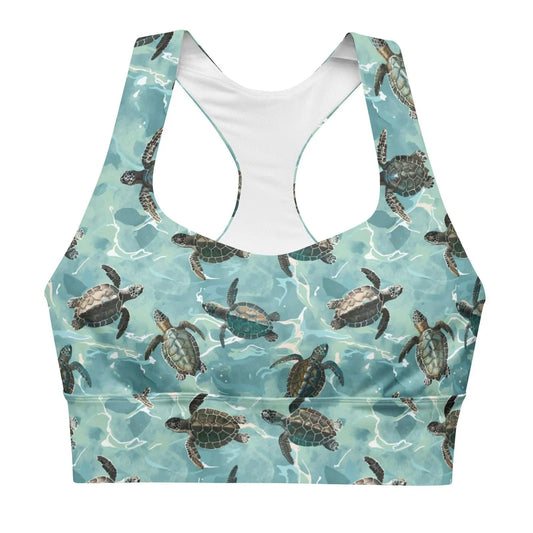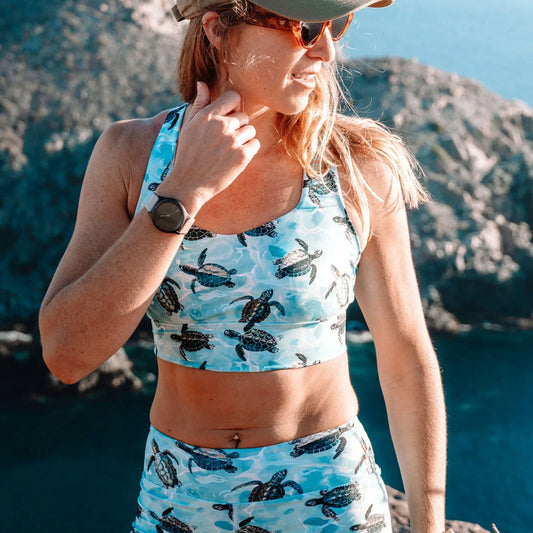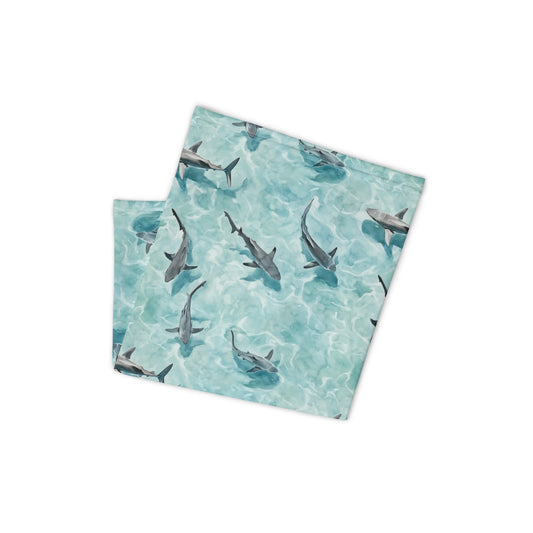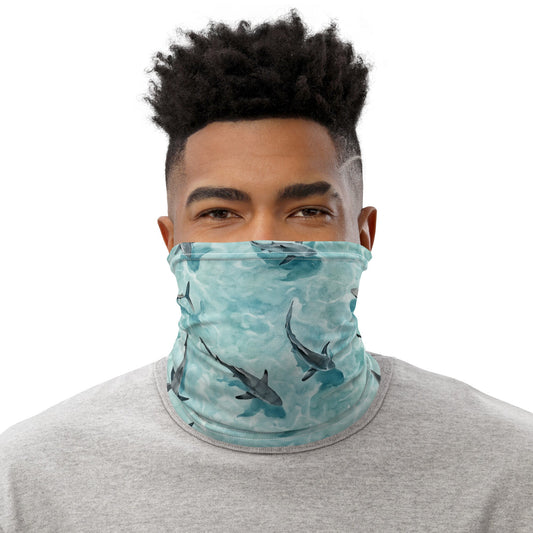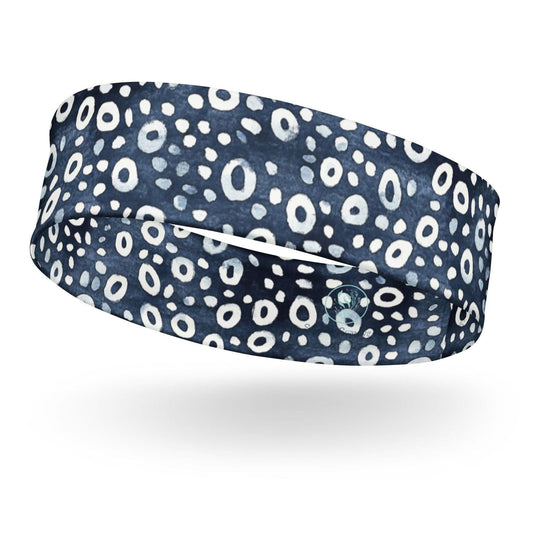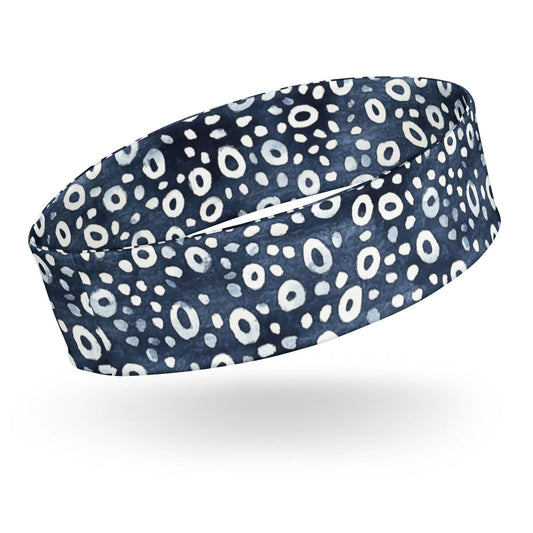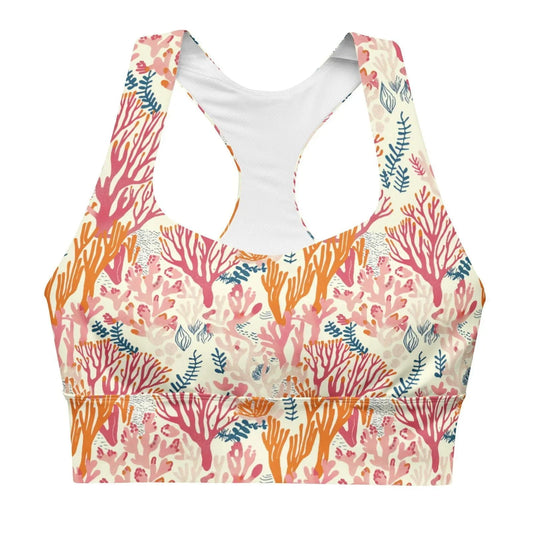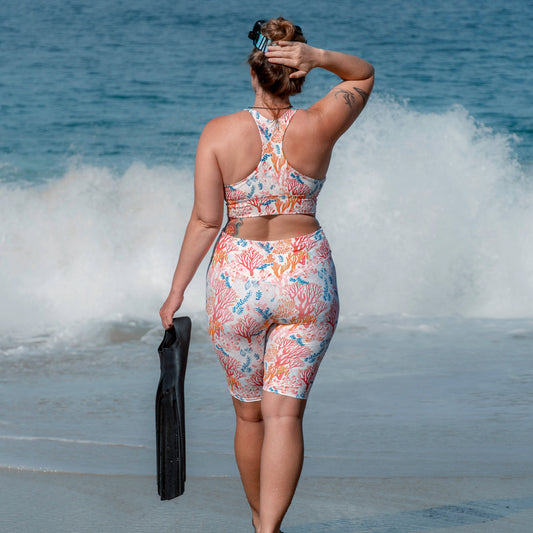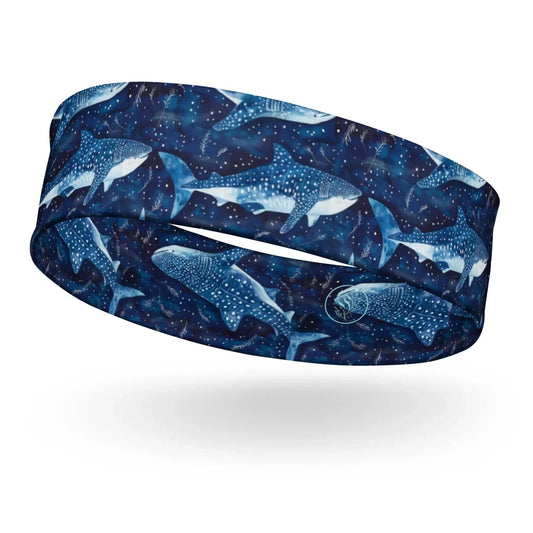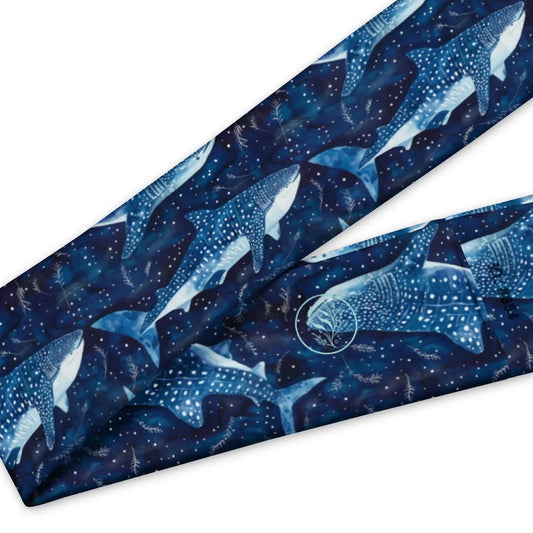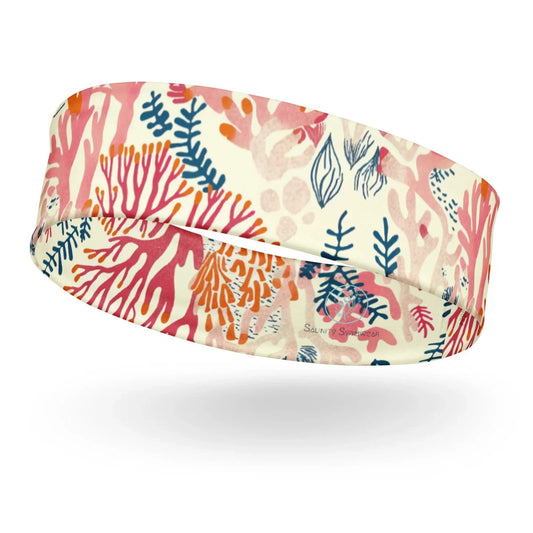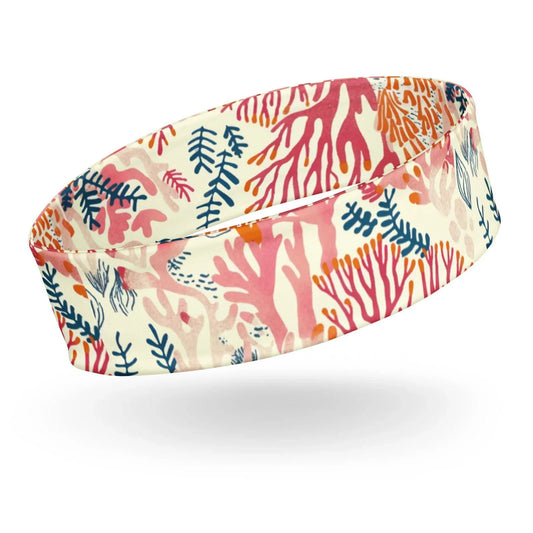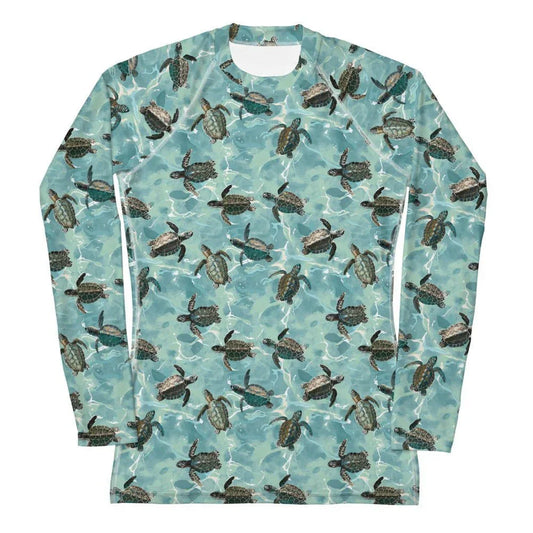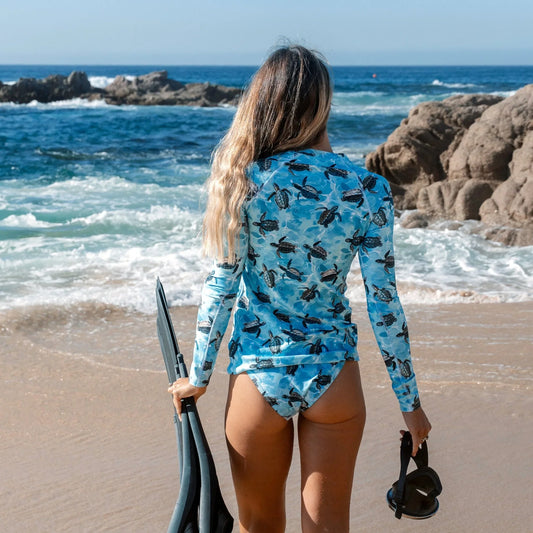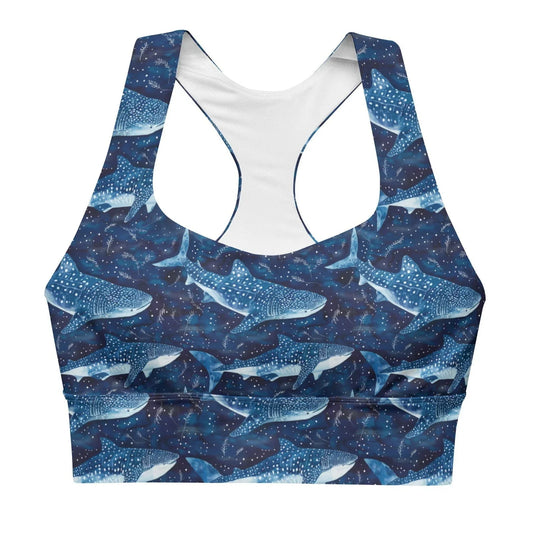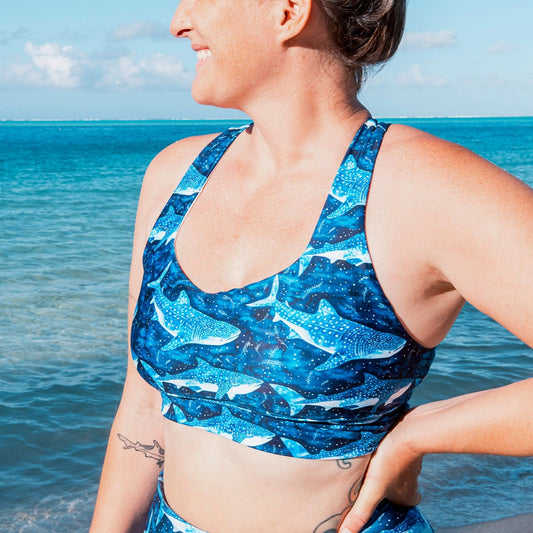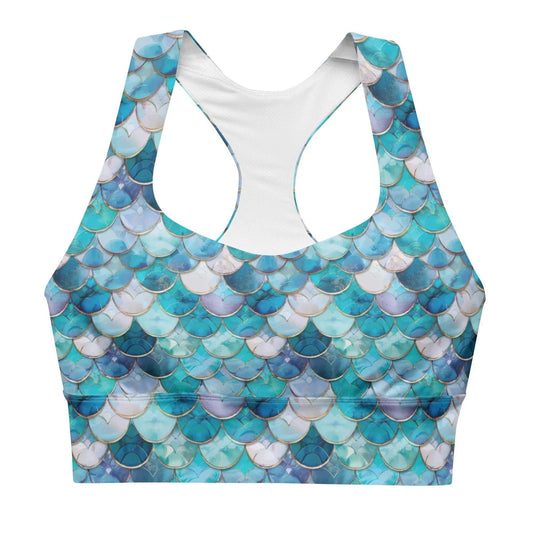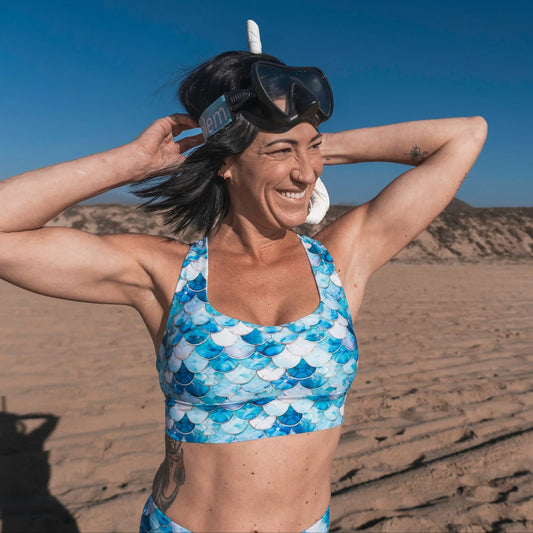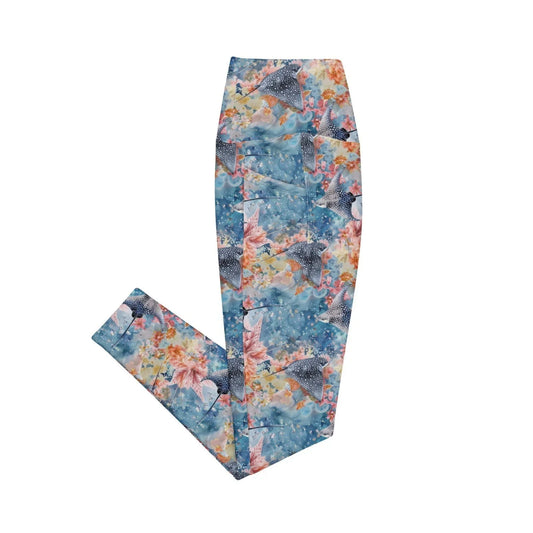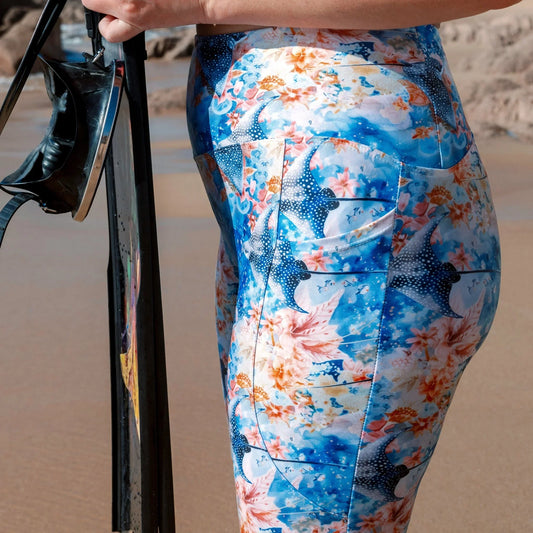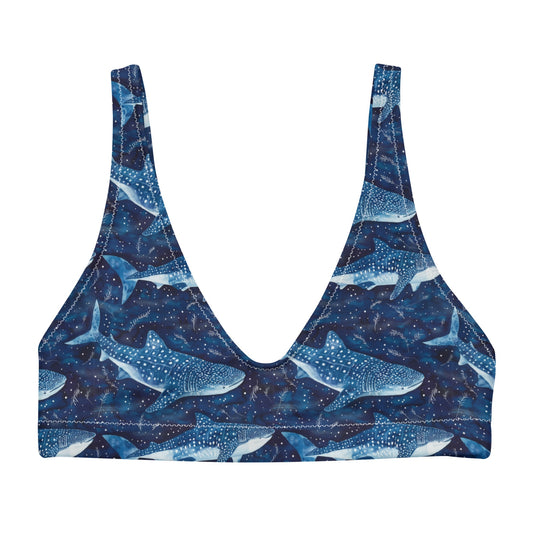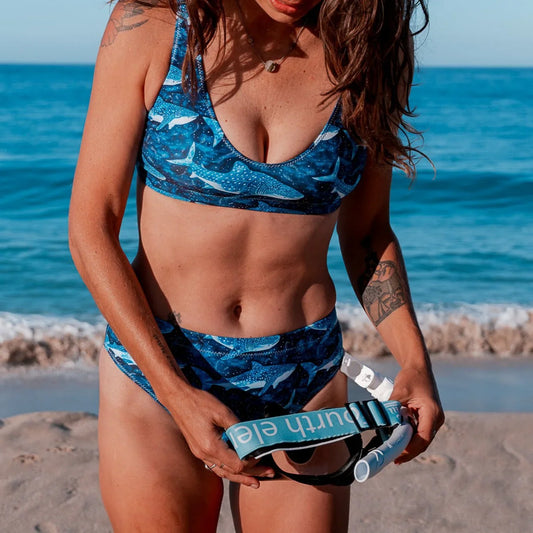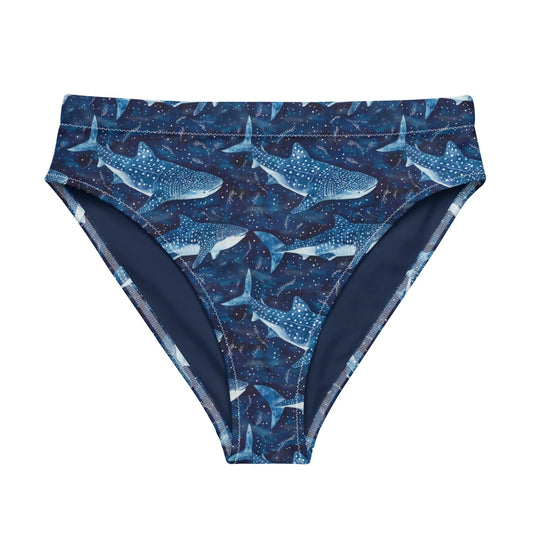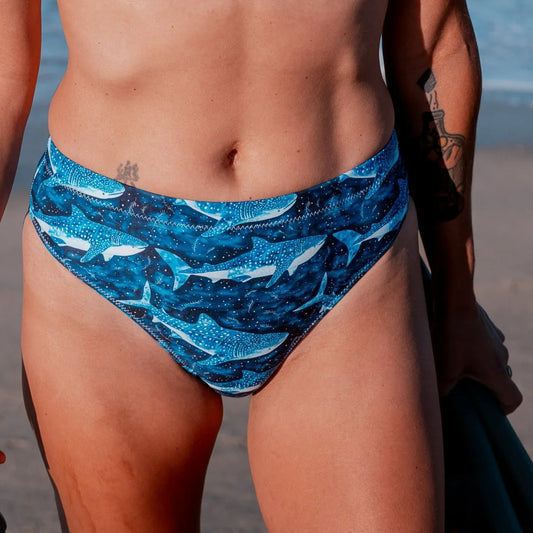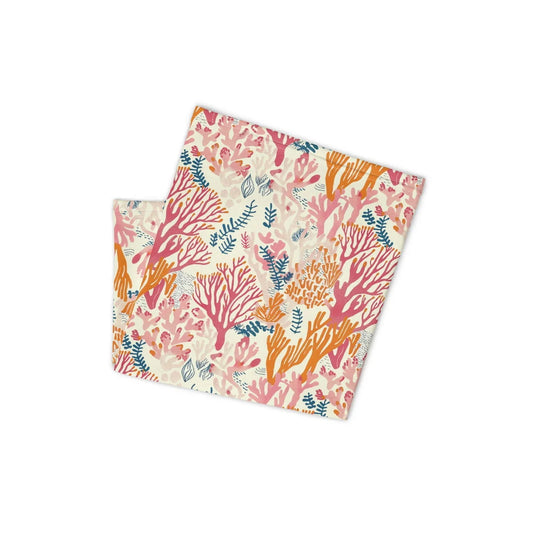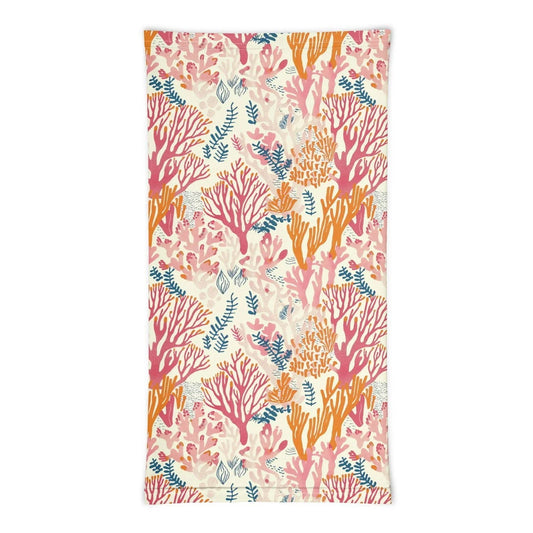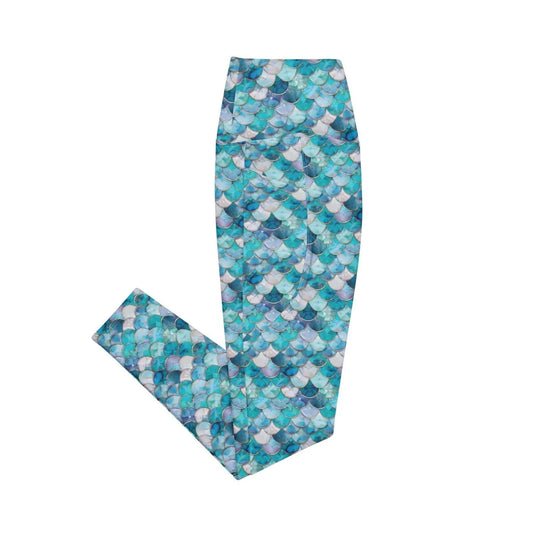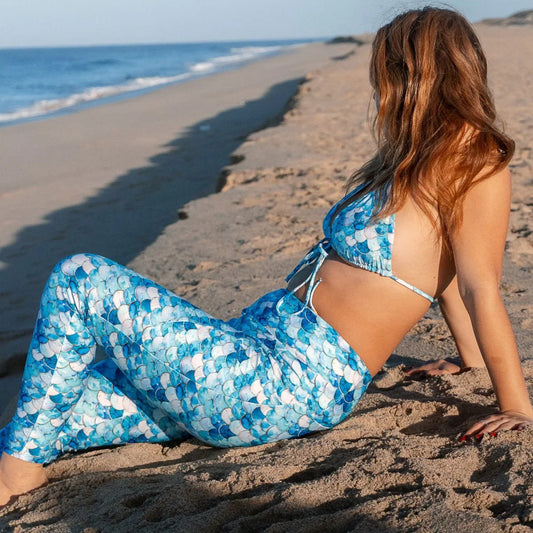
How to Choose the Right Scuba Mask: A Beginners Guide
Angela ZancanaroShare
If you’ve ever relied on rental dive equipment, you know it can be a gamble. Masks that fog up, feel uncomfortable, or constantly leak can turn a great dive into a frustrating experience. That’s one reason why the first piece of dive gear you should invest in is a good mask. The best diving mask for you isn’t necessarily the most expensive or the coolest-looking one that matches the rest of your gear—it’s the one that fits your face perfectly.
Don’t Get Fooled by the Brand
It’s easy to think that a well-known brand or a pricier mask automatically means better quality. While reputable brands can produce great gear, they don’t always guarantee the right fit for every face. When it comes to dive masks, what works for one person might not work for another. Some people have narrower faces, while others may have wider cheekbones or a prominent nose.
If you have the opportunity, I recommend visiting your local dive shop and trying on as many masks as possible before deciding. Ask your friends to let you try their masks, or even check with your instructor or other divers on the boat. If none of those options are available, look online and check the return policy so you can try on masks and return them if they don’t work out.
My first mask was one recommended by a dive guide, so I decided to order it. However, it ended up being very uncomfortable in the water. My next mask was the Fourth Element Scout, which I LOVE, and it turned out to fit my face perfectly. I also liked the iconic Beuchat mask, which comes in every color, but I didn’t pick it because its lower profile hit above my nose, which I thought would be uncomfortable on a dive. After several uncomfortable dives with my previous mask I chose comfort over style and so glad I did.
How Do You Decide Which Mask Is Right for You?
Fit: The Most Important Factor
The most critical factor in finding the right mask is its ability to form a proper seal on your face. Forget about brands, colors, or extra features for a moment—the mask that fits your face best will always be the right choice. A poorly fitting mask, even if it’s top-of-the-line, will leak, cause discomfort, and can ruin your dive if you spend the entire time adjusting or clearing it.
Many divers make the mistake of over tightening their mask straps, thinking this will improve the seal. However, too much tension can cause discomfort and break the seal, making your mask even more prone to leaking. The strap should be snug, not tight, and should rest comfortably around the widest part of your head, just above your ears. If you feel any pressure or pain, the strap is too tight.
Here’s a step-by-step guide to testing the fit of a dive mask:

Step 2: Inhale Gently Through Your Nose

Once the mask is in place, inhale slightly through your nose. If the mask stays attached to your face without you holding it, and you don’t feel any air coming in, the seal is good. If the mask falls off or you feel air escaping, it may not be the right fit.
Step 3: Check for Pressure Points

After the seal test, keep the mask on for a minute or two to see if it’s comfortable. Does it feel like it’s pressing too hard on your nose, forehead, or cheekbones? If it does, this could cause discomfort underwater, as pressure increases. Look for a mask that feels soft and evenly distributed on your face.
If the mask sticks to your face without air escaping, feels comfortable, and stays in place, congratulations! You’ve likely found a good fit. Now you can look at other factors, like colors or extra features, that match your preferences.
Other Important Factors to Consider

Skirt Material:
The skirt is the part of the mask that creates the seal around your face, and its material is crucial. Most high-quality masks use silicone skirts, which are soft, flexible, and mold to the shape of your face for a comfortable, leak-free fit. Some divers prefer black silicone, as it reduces glare and is ideal for shark diving, while others prefer a clear or colored silicone in their favorite color. Generally, a softer skirt provides a better seal over time and is less likely to cause irritation.
Lens Type:
Masks come with either single or double lenses, and your choice depends on personal preference. Single-lens masks offer a wide, uninterrupted field of vision, perfect for panoramic views. However, they tend to be higher in volume and may take longer to clear. Double-lens masks are more compact and low-volume, favored by freedivers and many scuba divers because they’re easier to clear and equalize.
- Tempered Glass is the most popular option for dive masks because it’s stronger and more durable than regular glass. It can withstand the pressure changes you experience while diving and is much less likely to shatter. Plus, it offers superior clarity, so you get a sharp, clear view underwater.
- Plastic Lenses, on the other hand, are lighter and often found in lower-end masks. While they might be cheaper, plastic is more prone to scratching and doesn’t provide the same optical clarity as tempered glass. For serious diving, tempered glass is definitely the better investment.
- Clear Lenses are the most common and versatile, allowing natural light to pass through without altering the colors you see underwater. These are ideal for most dive conditions and allow the clearest, most accurate view of your surroundings.
- Colored Lenses (like amber or blue tints) can enhance contrast in different light conditions, especially in low-visibility water or overcast weather. Amber tints, for example, can make things appear brighter by adding back in the red hues that you lose at depth underwater.
- Reflective or Mirrored Lenses are sometimes chosen for their stylish look and ability to reduce glare from the sun when diving in bright, shallow waters.
Many shark dive operators do not allow reflective lenses, colored lenses or white colored gear, as they can potentially create too much contact attracting attention to you and you will be unable to make eye contact with a shark which could cause unnecessary injuries. Durrings courses many instructors require clear lenses so they can make eye contact and see that you're not panicking. It’s always a good idea to check the rules before using a mask with mirrored lenses on certain dives.
A good mask will be less prone to fogging, but it’s also important to treat your mask properly. Buying a new mask means prepping the lens before your first dive. (Check out our guide on that!) Plus, always remember to use an anti-fog solution or rub a bit of baby shampoo on the inside before diving.

At the end of the day, the best diving mask is the one that fits your face comfortably, offers clear vision, and is durable enough to handle all your underwater adventures. Take your time testing a few masks before making a final decision. After all, a good mask will help you fully enjoy the dive, whether you’re snorkeling with whale sharks or exploring coral reefs at depth.
Happy diving!
